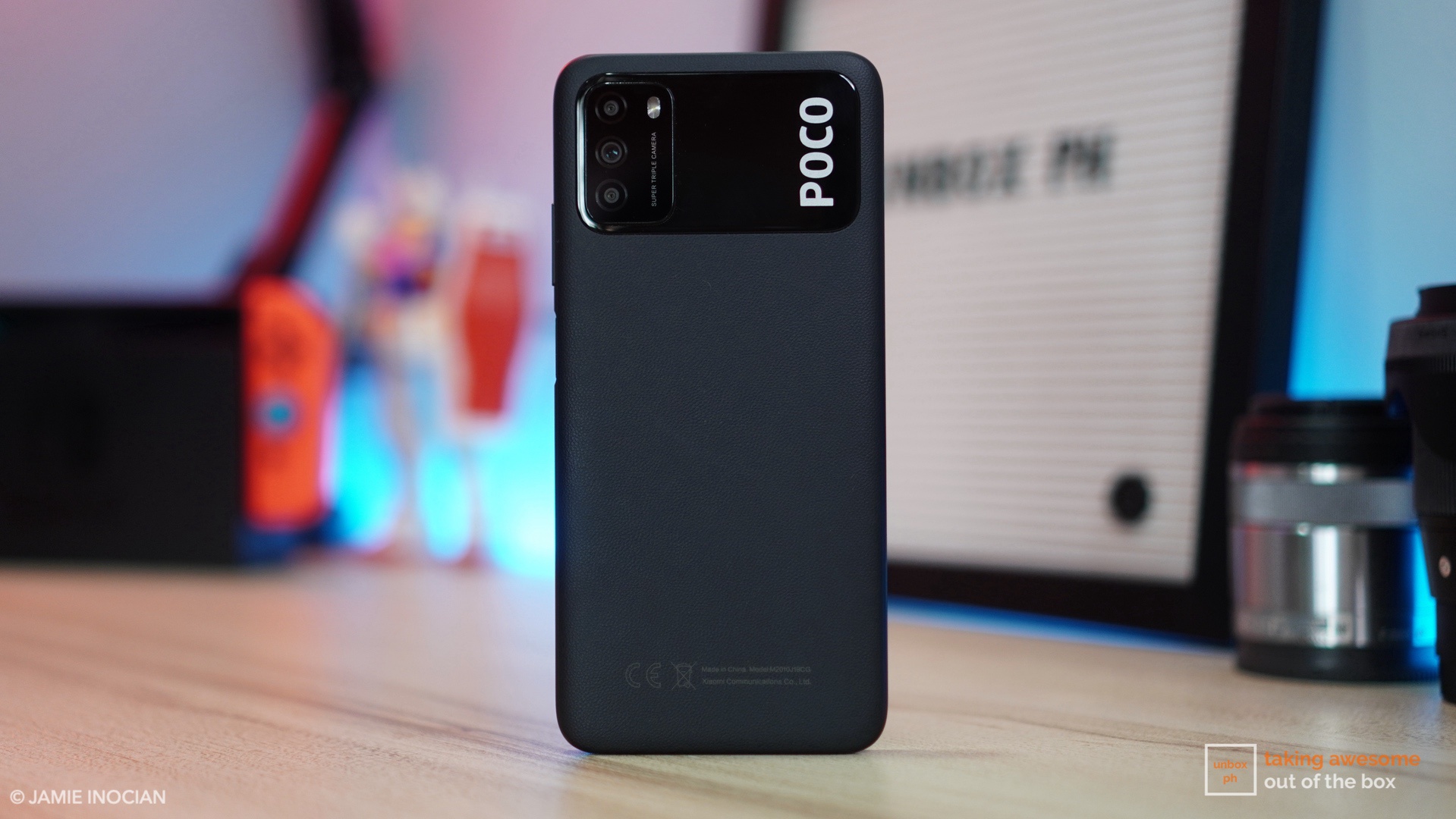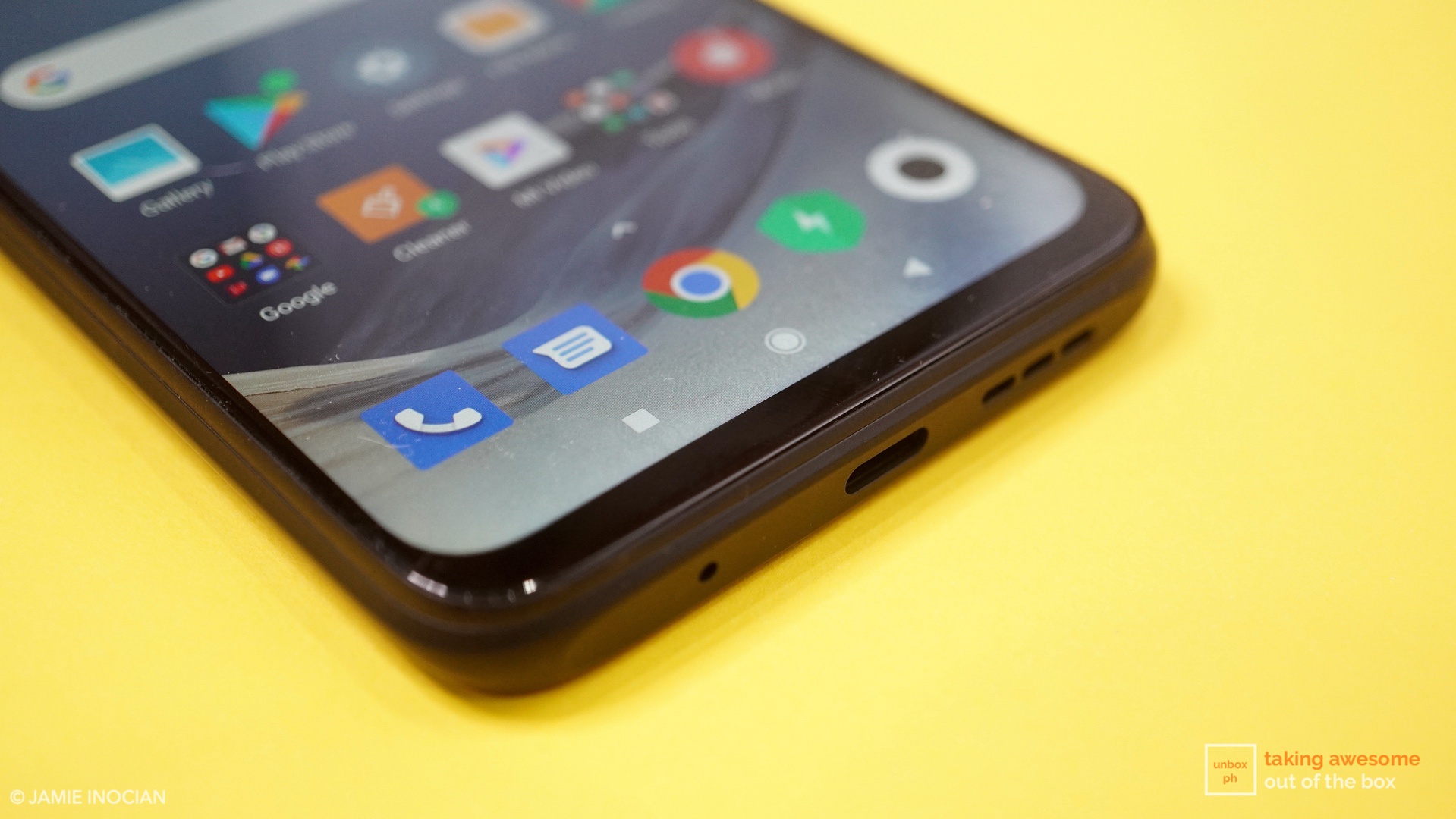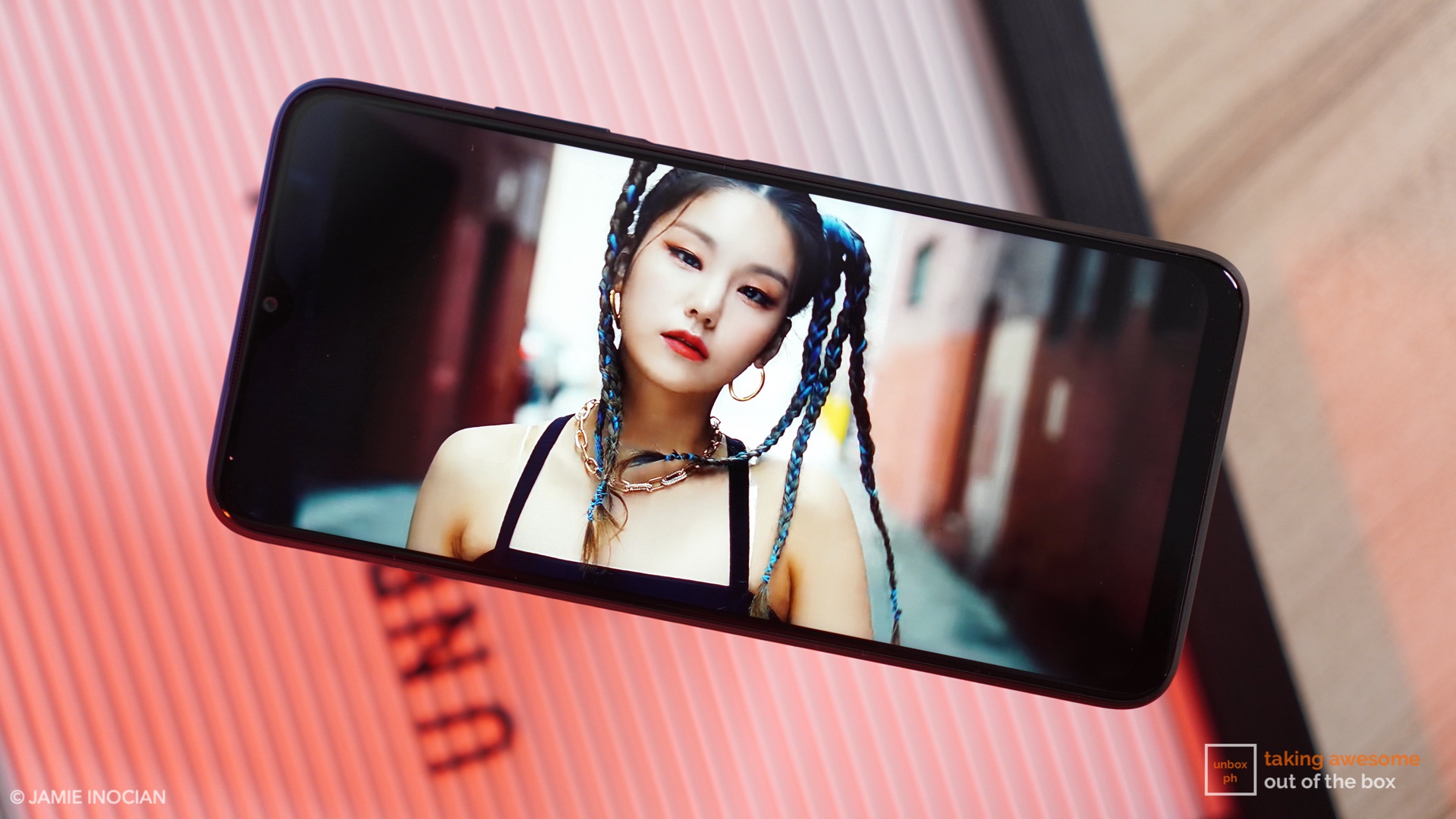Early verdict: The POCO M3 is a textbook offering from the brand, offering incredible specs at a price that its competitors will struggle to match. Armed with a massive 6000mAh battery, 48-megapixel camera and an eye-pleasing plastic exterior, the POCO M3 is a great stocking stuffer for people looking for the ultimate bang-for-the-buck smartphone this Christmas.
The POCO M3 is priced at just Php 6,990 for the 4GB/64GB variant. The 4GB/128GB variant will retail for Php 7,990.+
Pros
- The largest battery in its price segment
- Good performance
- Large, full HD+ screen
- Unbeatable price considering what it packs
Cons
- The display could be a little brighter
- No wide-angle camera
Every time former Xiaomi sub-brand POCO launches a phone anywhere in the world, its rivals get a little worried. POCO’s massive popularity is a result of the ruthless pricing of its products, which usually undercut the competition’s offerings by a large margin.
That’s the case with their new budget phone the POCO M3. Retailing at just under Php 7K, the new phone brings a lot of great features that people look for a lot less than what the competition offers.
Packaging and contents:

The POCO M3 ships in a bright yellow box, with the name of the phone written outside, along with its 6000mAh battery capacity. Inside the box is standard POCO accessories: you’re getting documentation, a silicone case, USB Type-C cable and an 18W fast charger.
Design
Most phones under the Php 10K price bracket typically use plastic bodies, and manufacturers usually go two routes when it comes to integrating the plastic material in their phones: they either try their best to make the plastic look like glass, or fully embrace the material and create a unique texture to give their phones that extra visual pop. The folks at POCO have decided to give the plastic back of the M3 a distinctive faux leather finish that’s a cut above what we typically see on budget devices in its price point. Not only does it slightly resemble leather, it sorta-kinda feels like it too, giving it that extra edge against competing devices.

Another distinctive feature for the POCO M3 is the giant camera module on the back, which looks a little like the limited edition Cyberpunk 2077 OnePlus 8T. Personally, I didn’t like it at first but it’s grown on me, though I’m not a fan of that huge POCO branding that flanks it on the other side.



The power and volume rocker is on the right side, and there’s a fingerprint sensor embedded in the power button for faster unlocks. The USB Type-C connector is on the bottom, with the 3.5mm jack on the top.
Overall the phone has a distinct visual identity VS the other devices that you see on the market today, which may or may not be to your liking depending on your tastes.

Display
The phone has a 6.53-inch full HD+ display with a dew-drop notch situated on the top part. The display is also protected by Corning’s Gorilla Glass 3 and has additional features like low blue light certification from TUV Rheinland, L1 Widevine certification as well as an advertised maximum brightness of 400 nits.

As for display quality, it’s alright – it’s not the worst display I’ve seen, but it’s not the best either. Outdoor visibility is a little iffy though even with the 400 nits advertised brightness, so take note of that when you decide to buy the phone.

Cameras
The POCO M3 has three cameras in its module, but only one really counts here: the primary shooter is a 48-megapixel sensor with an f/1.79 aperture lens. It’s accompanied by a 2-megapixel macro camera and a 2-megapixel depth sensor as well. The selfie shooter is an 8-megapixel camera with an f/2.05 aperture lens.
I would have liked it better if the POCO M3 traded the two other borderline useless sensors for a more versatile wide-angle sensor. Unfortunately, that would potentially hand POCO’s competitors marketing ammunition to dismiss the M3 as “just” having dual-cameras instead of the industry standard of triple cameras, despite the additional cameras being more or less pointless.
First shots with the phone’s main camera show very aggressive post-processing here, which is typical of what you see in devices at the price range.
 Poco M3 Performance and battery
Poco M3 Performance and battery
The POCO M3 comes equipped with Qualcomm’s Snapdragon 662 processor, and will initially be offered in 4GB/64GB and 4GB/128GB variants.
Qualcomm’s budget chip offering is roughly comparable to MediaTek’s Helio G80 processor, and benchmark numbers show that the two are trading blows when it comes to synthetic performance.
As for its performance in the POCO M3, well it’s pretty good – the phone feels very fluid, and it has no problems running most mainstream apps and games.
The phone runs MIUI 12 for POCO, though it’s still based on Android 10, not Android 11.
The best part of the POCO M3 though is the battery. It’s the only phone in the Php 10K price range that has a massive 6000mAh battery, since most other offerings top out at 5000mAh, at the most.
The only thing I don’t like is that charging speeds are capped at 18w, so you’re looking at around an hour or more of charging time to fully top up the POCO M3’s battery.

Wrap-up and early conclusions
The POCO M3 isn’t perfect but it delivers more than enough features at a very, very aggressive price point.
That 6000mAh battery alone should be more than enough to keep many people happy, but when you consider the relatively powerful (for its price) Snapdragon 662 processor, 48-megapixel snapper, and large 6.53-inch display, then there’s no arguing against the overwhelming value that the POCO M3 gives users.
What’s even better is the price: at Php 6,990 for the 4GB/64GB variant and Php 7,990 for the 4GB/128GB variant, you’re practically getting this phone at a steal,
If that wasn’t enough, POCO is also offering a 2-day early bird price that takes Php 1,000 off of the variants, dropping the SRP for the 4GB/64GB variant to just Php 5,990 and the 4GB/128GB variant to just Php 6,990.



















